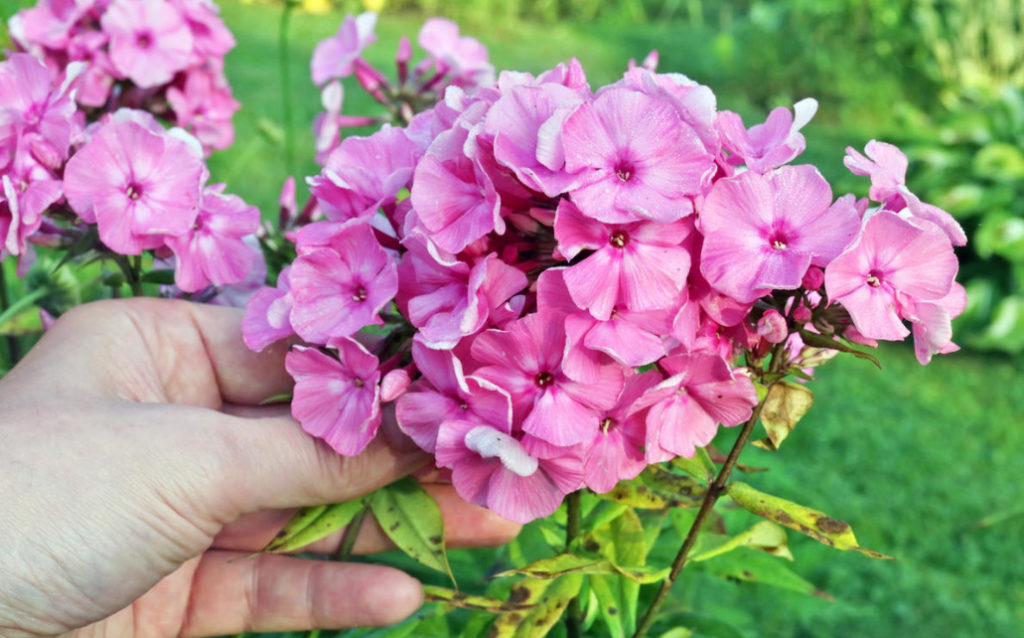There is nothing that overshadows the life of the gardener, as a kind of diseased plants. And Phlox in this a range of alone of the most first. I have already touched on the issue of diseases of these plants, but this topical issue requires more detailed consideration.
Our grandmothers somehow managed without chemicals. In the fight against disease in the course went all: ash, mullein infusion, whey. Infusions of nettle, chamomile, marigolds, garlic, tomato tops, horsetail and wormwood were widely used against pests.
Phlox from spring poured a weak solution of the contents of chamber pots. Steamed and infused for several days hay. As it turned out, the result was a solution with Bacillus subtilis stick, on the basis of which a whole class of modern bacterial preparations with fungicidal properties was subsequently created.
Remedies from the kitchen
The main attack, which annually spoils the mood of fans of Phlox-powdery mildew. The fight against this fungal disease is reduced to the suppression of pathogens — fungi. A good result is the use of whey, which is diluted 1: 10 and then treated with this solution bushes at least 3 times in 3 days in dry weather.
You can use skim milk. In a liter jar pour 100 ml of milk, top up the jar with water and add 1-2 drops of iodine. When powdery mildew is widely used treatment of plants with a soap solution of soda ash. For its preparation, take 2 tablespoons of soda (50 g) per 10 liters of water, in which soap is already diluted or 1 tablespoon of dishwashing liquid. Start treatment should be immediately as soon as you find signs of the disease. It will take several approaches with an interval of 7-10 days.
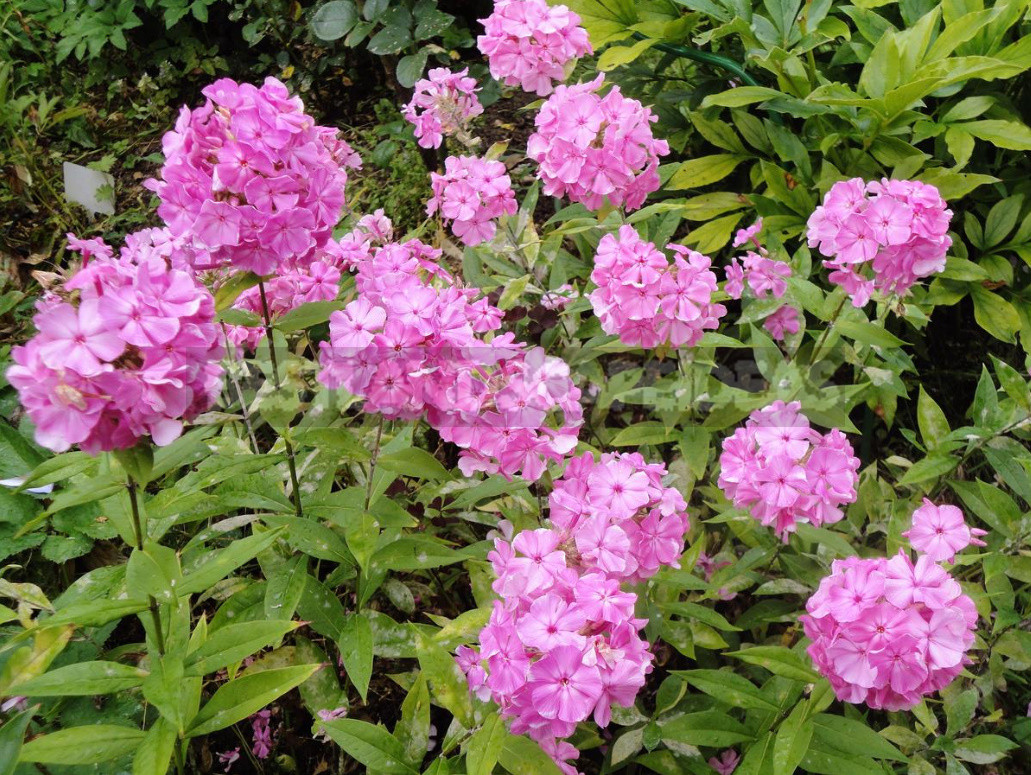
If diluted in 10 litres of warm water 100 grams of mustard powder, you will get another great tool. Such a solution must not only carefully handle the plants, but to shed the land around it to suppress the pathogen. Reliable and often used in the garden of potassium permanganate, diluted in a ratio of 5 g per 10 liters of water, also works well against powdery mildew. The solution should be maroon.
Funds from the garden
From herbal remedies from powdery mildew infusion of nettle helps well: 200 g of pharmacy raw materials or 500 g of fresh grass pour 5 liters of boiling water and insist a day, then filter and spray Phlox. Just simply prepare a solution of wormwood, soaking 1 kg of grass in 1 liter of water. The resulting concentrate is diluted three times and watered the ground under the Phlox.
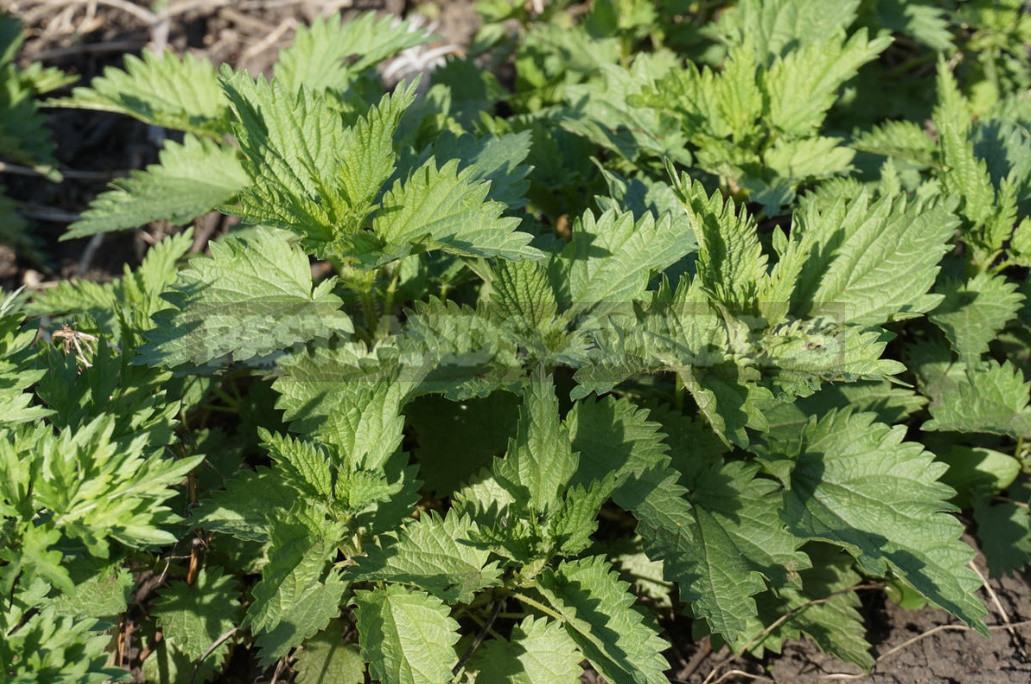
Against diseases helps the ash solution (1 kg of powder per 10 liters of water). It is used after infusing for a week, adding 20 g of soap. Use strictly every other day.
Before flowering, Phlox can be treated with an infusion of mullein. It is prepared as follows: a bucket filled with a third of mullein, pour water to the top. Then insist 3 days, filter and dilute the received concentrate 3 more parts of water. Don’t forget, this facility is treated just before flowering!
Protection from pests
Some plants can be used to control thrips and nematodes, which often affect Phlox plantings. In the first place here marigolds, which serve as bait for nematodes, and plant-trap. Nematodes, these microscopic worms, populate the stems, so Tagetes, uprooted, should be burned and in any case not sent to the compost pit.
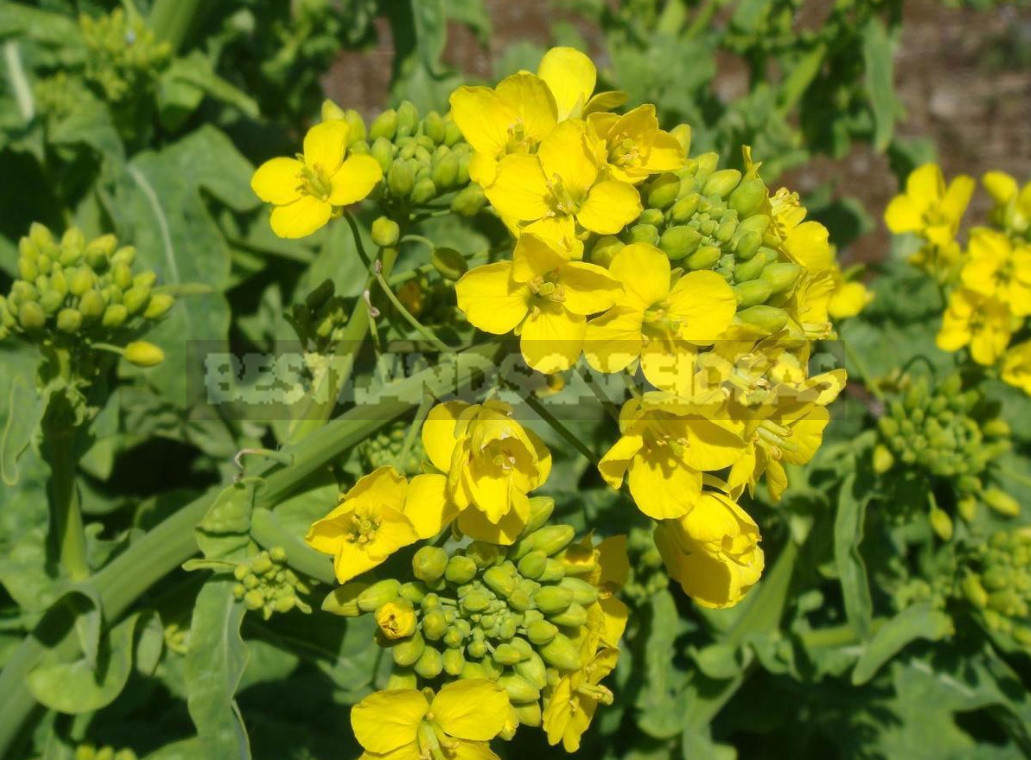
Great antagonists of pests – calendula and feverfew, not to mention the garlic. It is checked that dill sown among Phlox significantly improves planting and prevents the spread of nematodes. In addition, the role of hunting plants are white mustard and parsley, which, along with other umbrella should be sown between planting Phlox. It is proved that rapeseed is also a tasty bait for nematodes. It is sown three times, each time on the fifth leaf is pulled out and sent to the fire.
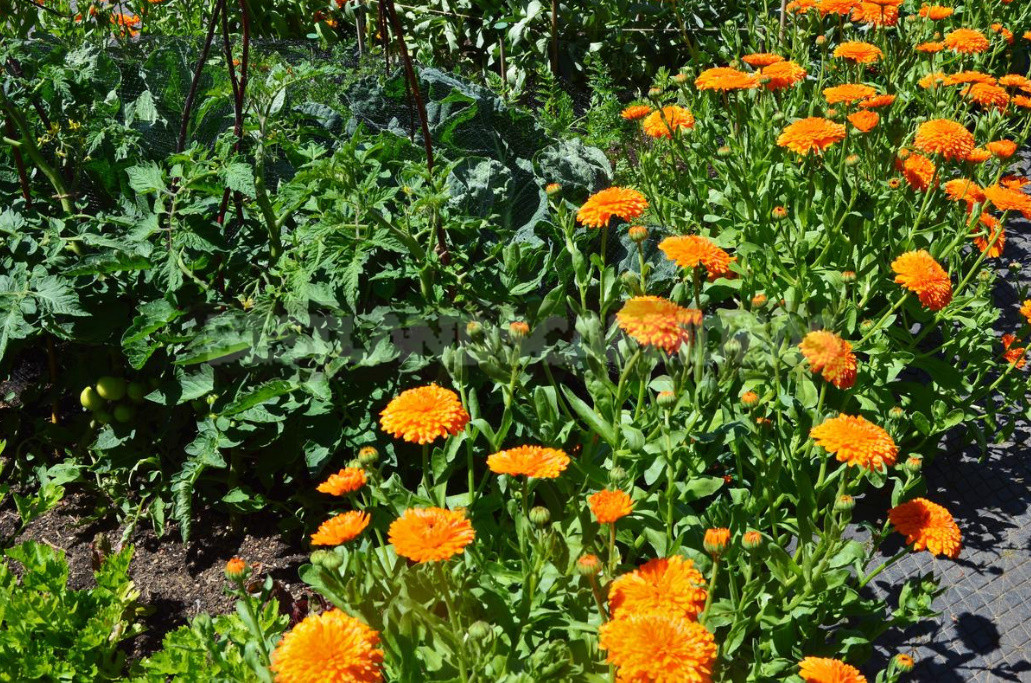
It should be noted that Phlox, it happens, there is cracking of stems and drying of leaves in the lower part of the shoots. This is not a disease, but a manifestation of the biological characteristics of the culture caused by improper temperature, water and light conditions.
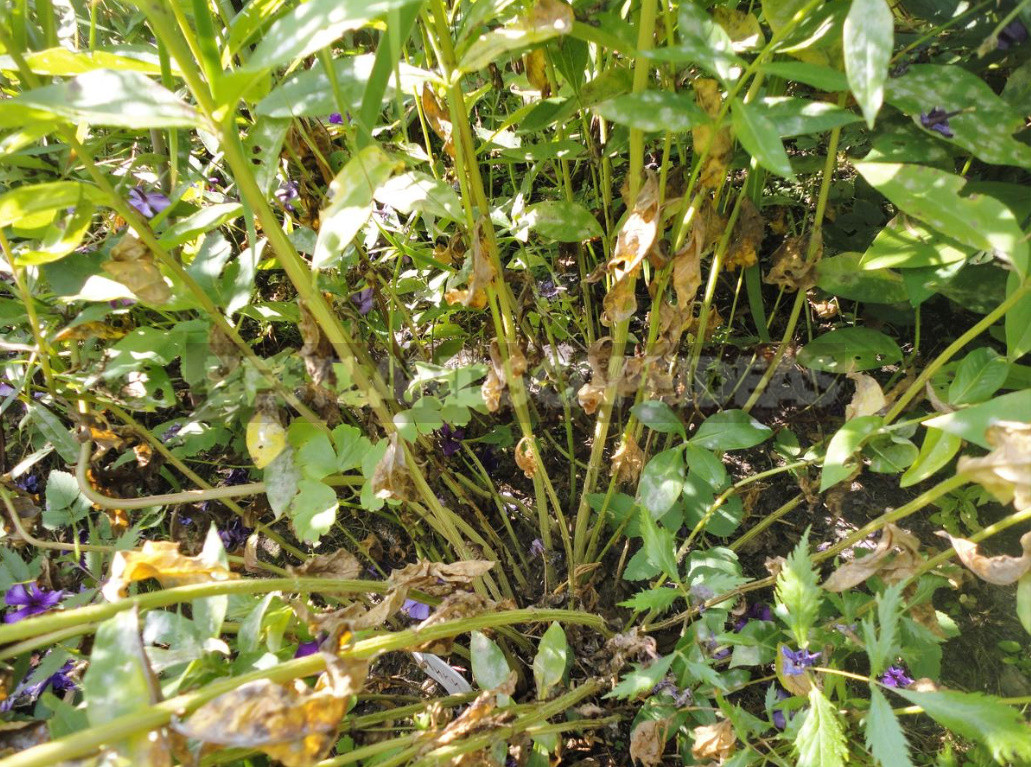
This problem occurs when watering with cold water in hot weather, lack of moisture in the dry period, excess nitrogen. It’s fixable, you just follow the instructions for watering and fertilizing, and next year Phlox will be fine.
Prevention
The fight against diseases must begin long before these same diseases will attack our flowers. Prevention should be carried out from the earliest spring. Even on the snow planting Phlox can be sprinkled with wood ash. Not only that, it will contribute to the rapid melting of snow, meltwater ash penetrate into all the “pores” of Phlox bushes.
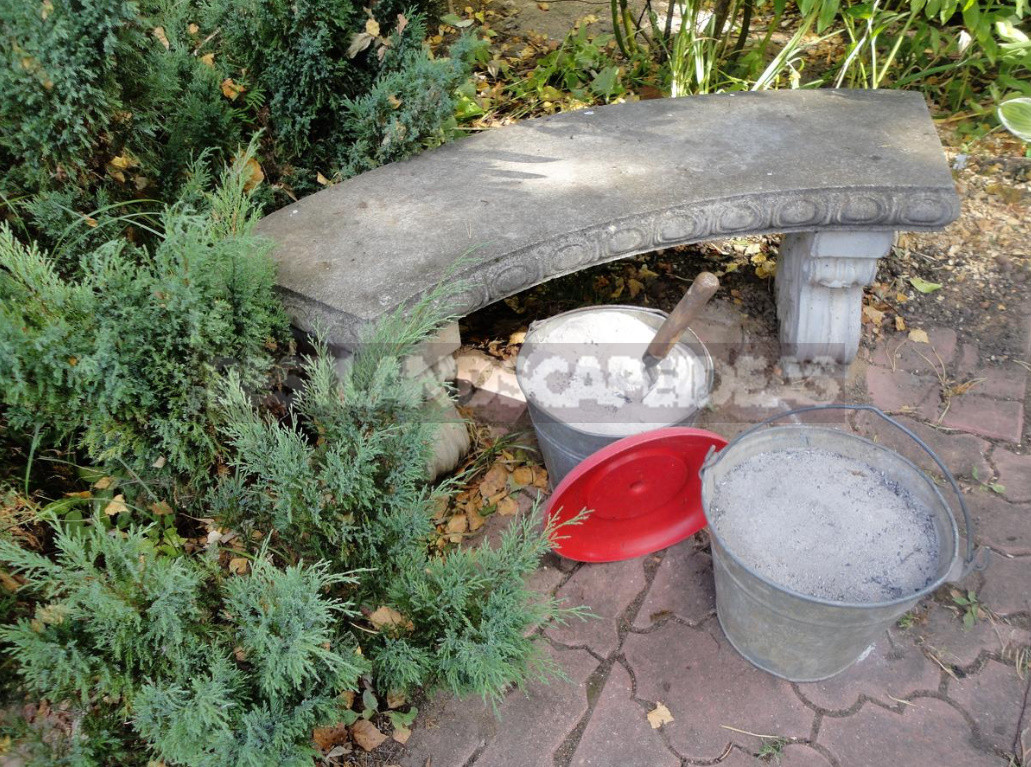
Then, when the Phlox rise to a height of 20 cm, they should be sprayed every 2 weeks and at the same time shed them the ground, and so before flowering. As the shoots grow back, it is necessary to carefully monitor that among them there were no suspicious. If the Bush lags behind in growth, its shoots are curved – without regret say goodbye to such a plant, sending it to the fire. Otherwise, the nematodes responsible for the deformities and ugliness of Phlox infect you the whole plantation.
Sick and infected plants should be manually culled and do not delay this matter. Nematodes die at a temperature of +60°C, so the pit where the infected Phlox grew should be shed with boiling water, and then marigolds should be planted there.
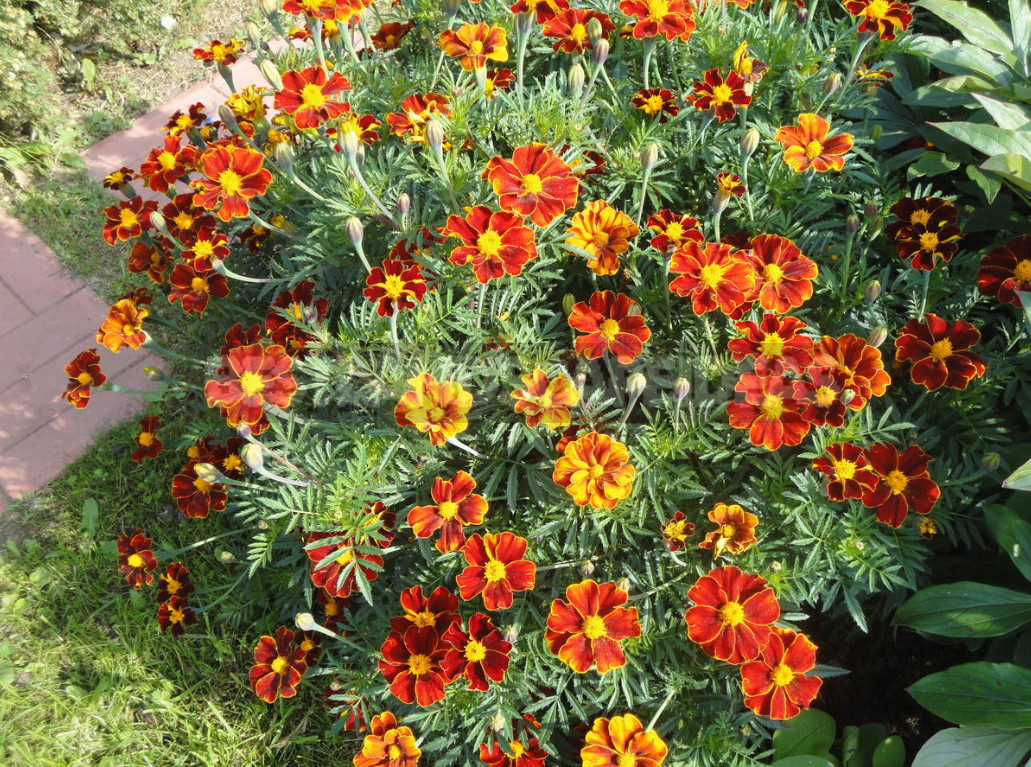
Bought plants do not plant immediately in the flower garden, and hold for a year on the quarantine bed. Very often, plants are purchased from collectors who have large arrays of Phlox. There and disease, and pests are found as a consequence of monoculture. There is no guarantee that with new products you will not bring them into the garden. Roots in beginners should be washed in water, then dried before planting.
Phlox should be well ventilated, the planting place should be changed every 6-7 years and do not plant “Phlox by Phlox”. Needless to say about the relentless struggle against the weeds a reservoir for nematodes! Be sure to use crop rotation, alternate planting Phlox with plants that repel this pest.
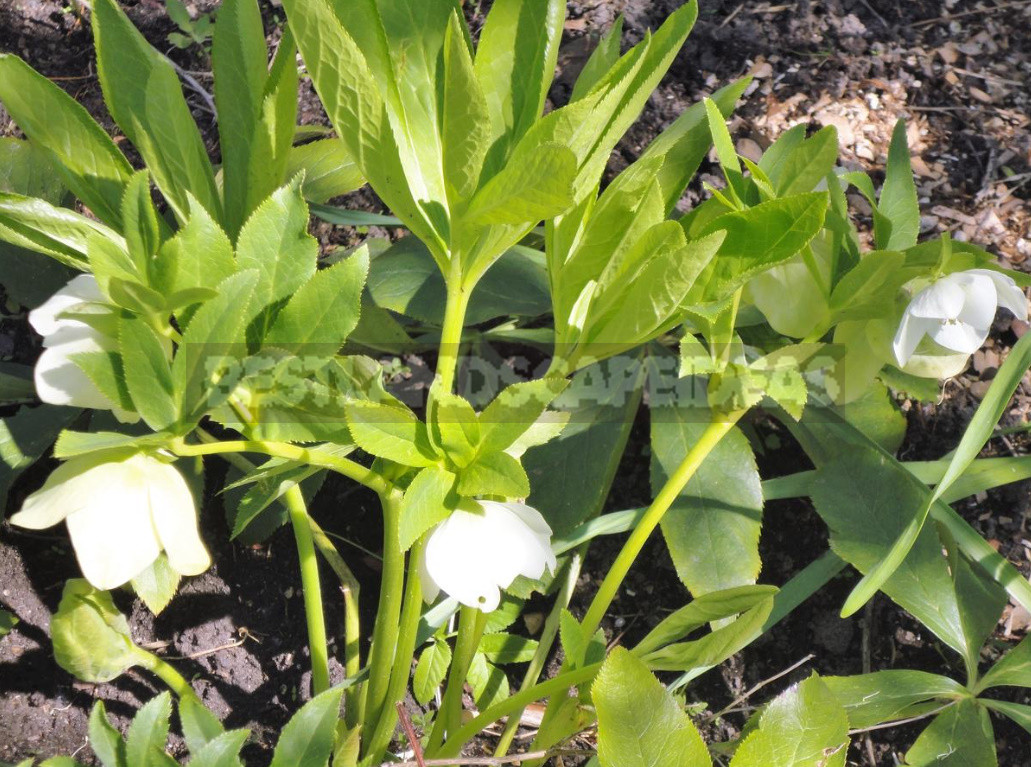
Plant residues in autumn should be carefully collected and burned. The stems late in the season to crop low, not leaving them until the spring, although many gardeners find it easier to break their dry residue in the spring, than remove with pruning shears in the fall. But in this case, you give pests a chance to survive the winter and again pounce on Phlox. So do not neglect this autumn work — cut the stems lower and burn them.
Follow the rules of watering-you need to pour water under the root, well soaking the root ball. Don’t overfeed the bushes! Better underfeed than overfeed. Excess nitrogen fertilizer leads to outbreaks of powdery mildew. In autumn, after pruning the bushes, the ground should be powdered with ash, so the fungus is destroyed and the soil around is dried.
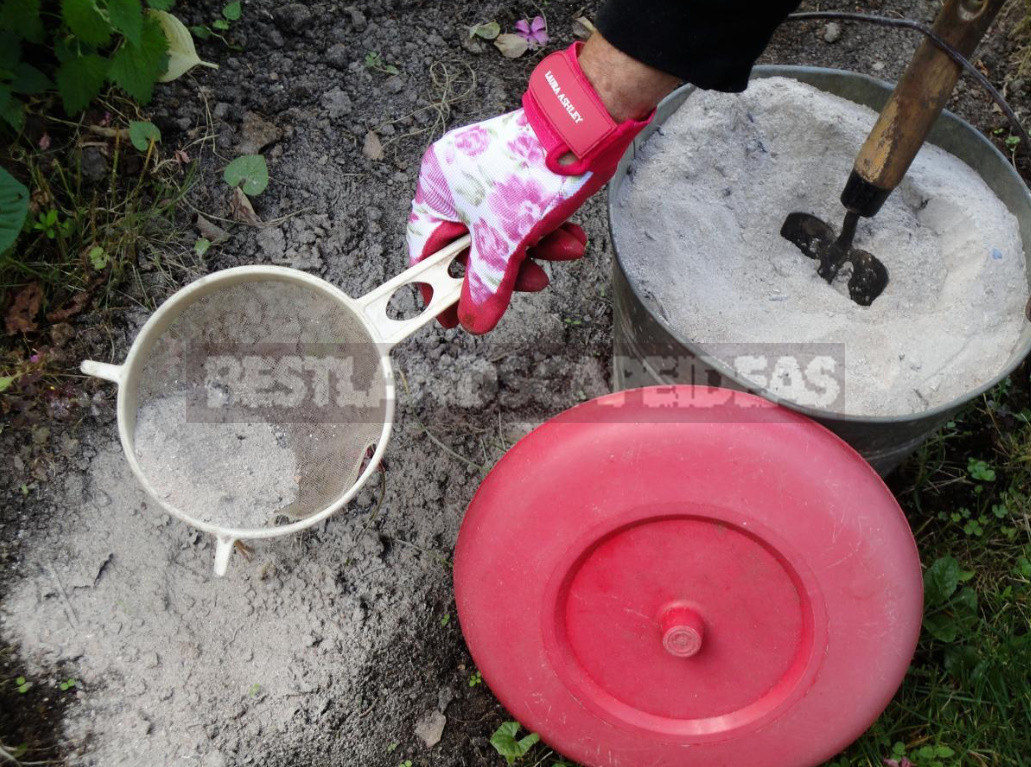
Avoid crowding landings, no matter how much you want to create spectacular compositions of colorful bushes. It has been observed that a single-planted Bush is much less susceptible to powdery mildew than those that grow in the group. With all the love to the Phlox is not necessary to turn your garden into floccari.
And I must say that the resistance to diseases depends heavily on the variety: some are quite stable, others, no matter how you take care of them, still get sick every year. I try in such cases to make “artificial selection” – just cull such. Often excessive pain differ novelties that have not passed the test of time. A well-known varieties, on the contrary, are famous for enviable health. So, and should give preference.
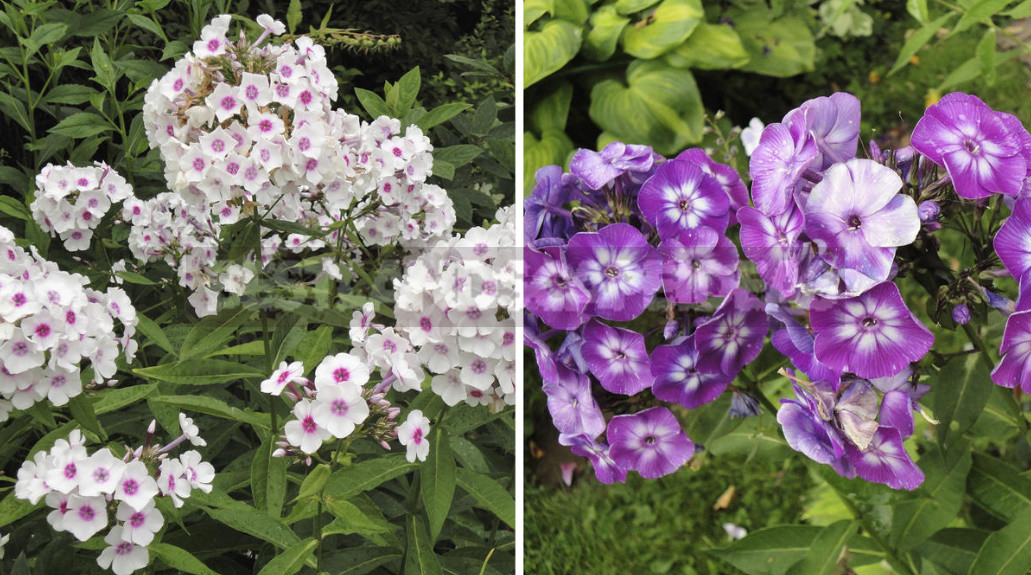
Dear readers, and what varieties of Phlox paniculata grow in your garden? Share observations, which of them are most resistant to diseases.
